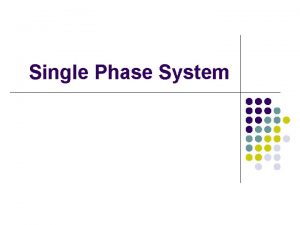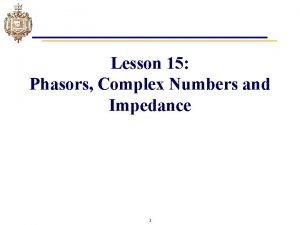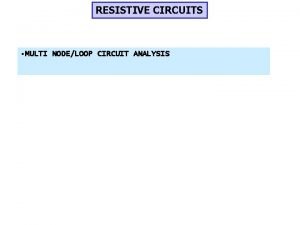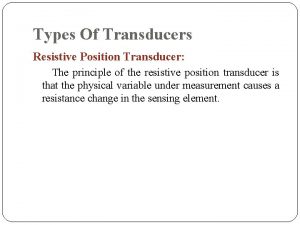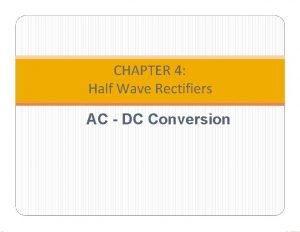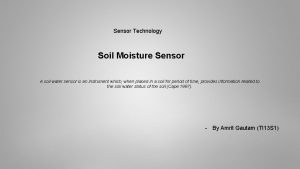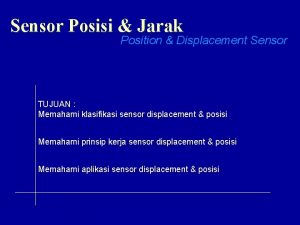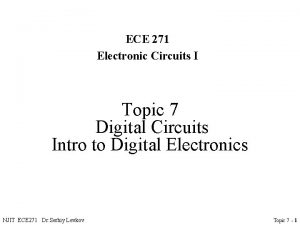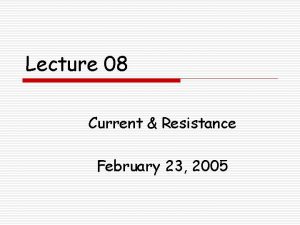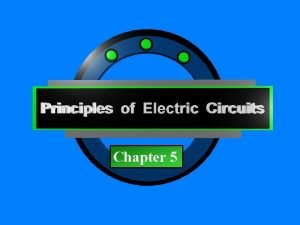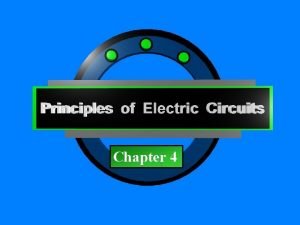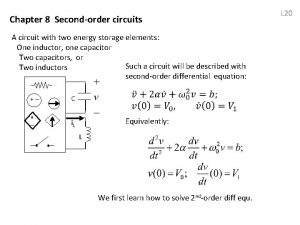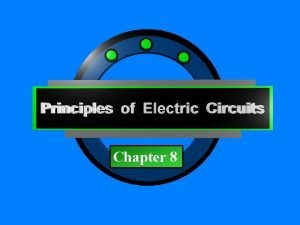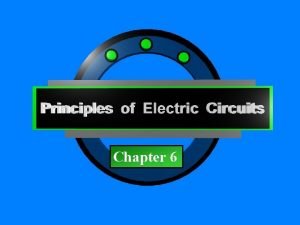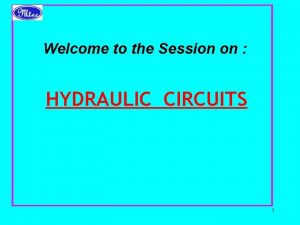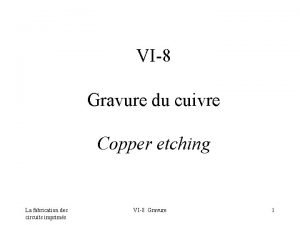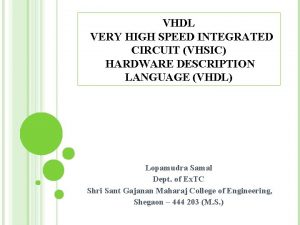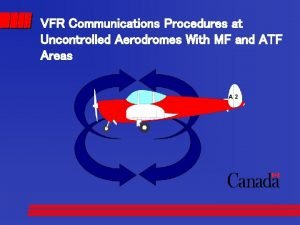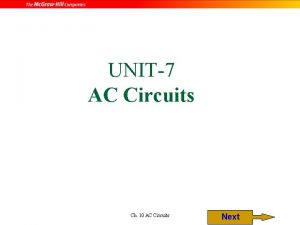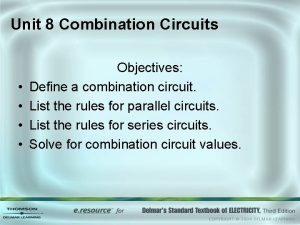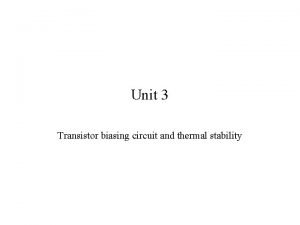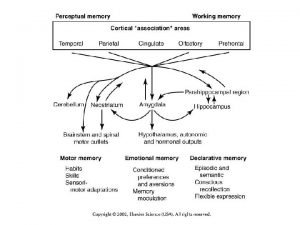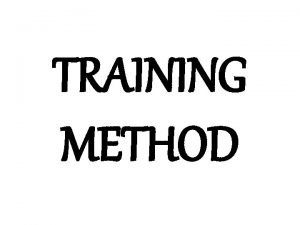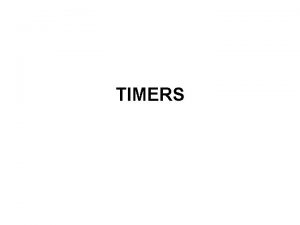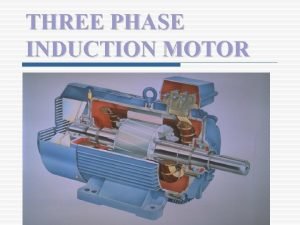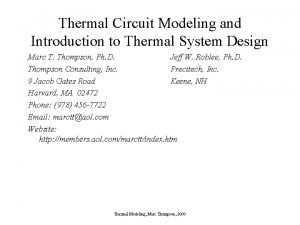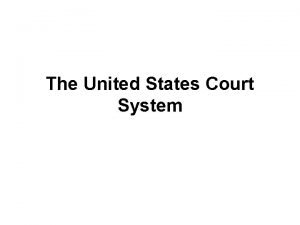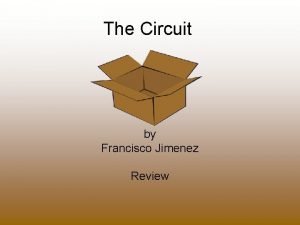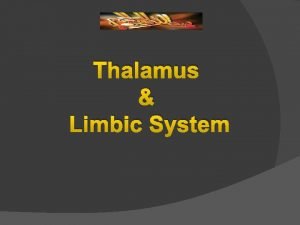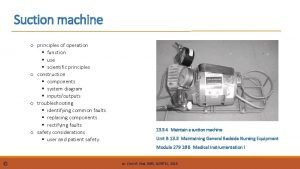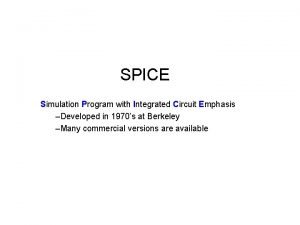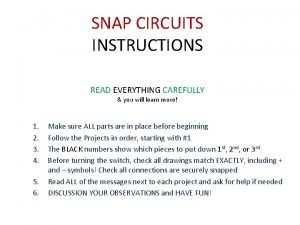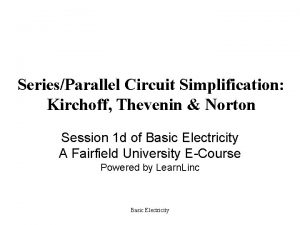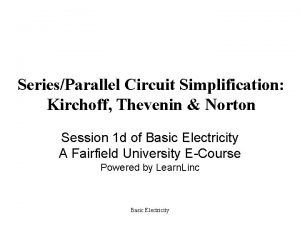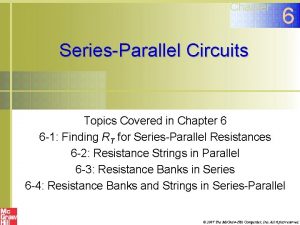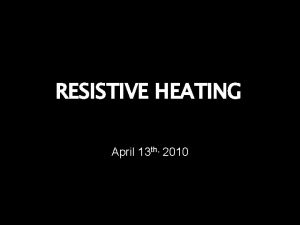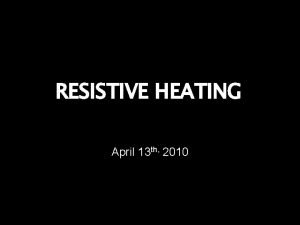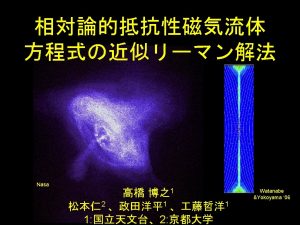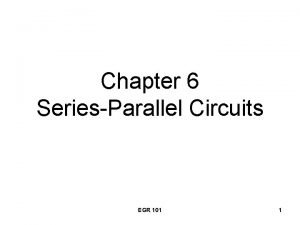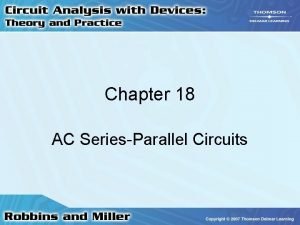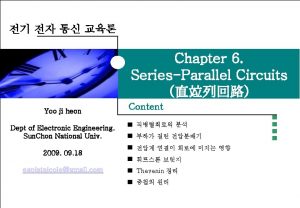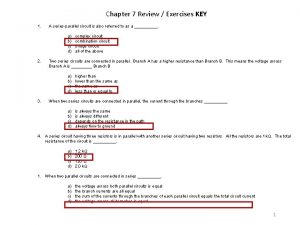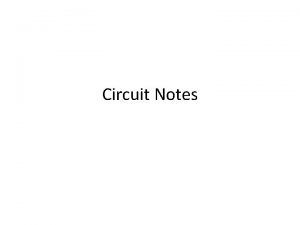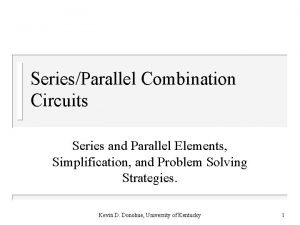CHAPTER 2 RESISTIVE CIRCUIT 1 RESISTIVE CIRCUIT Seriesparallel












































































- Slides: 76

CHAPTER 2 RESISTIVE CIRCUIT 1

• • • RESISTIVE CIRCUIT Series/parallel resistor Voltage divider circuit Current divider circuit Voltage and current measurement Wheatstone bridge Delta-wye (Pi-Tee) equivalent circuit 2

SERIES/PARALLEL RESISTOR Resistors in series: Resistance equivalent Req = R 1 + R 2 + ………. + RN 3

CURRENT IN SERIES CIRCUIT • Current in series circuit is same at all circuit elements VOLTAGE IN SERIES CIRCUIT • Voltage (VT) in series circuit is the total of voltage for each elements. 4

Resistors in parallel: 5

Resistance equivalent: 6

Two resistors in parallel: 7

CURRENT IN PARALLEL CIRCUIT • Currents in parallel circuit is the total of current for each elements. VOLTAGE IN PARALLEL CIRCUIT • Voltage (VT) in parallel circuit is same at all circuit elements. 8

Example • Find Req. 9

SERIES PARALLEL 10

PARALLEL SERIES 11

12

EXERCISE Find Req Ans: 11Ω 13

RESISTIVE CIRCUIT • • • Series/parallel resistor Voltage divider circuit Current divider circuit Voltage and current measurement Wheatstone bridge Delta-wye (Pi-Tee) equivalent circuit 14

VOLTAGE DIVIDER 15

Using Ohm law, we will get: Voltage at resistor R 2: 16

RESISTIVE CIRCUIT • • • Series/parallel resistor Voltage divider circuit Current divider circuit Voltage and current measurement Wheatstone bridge Delta-wye (Pi-Tee) equivalent circuit 17

CURRENT DIVIDER 18

Using Ohm law, (1) 19

From equation (1): 20

EXAMPLE Find io , Vo and power dissipated in 3Ω resistor 21

6Ω and 3Ω are parallel, so their combined resistance are: So, circuit reduces to: Notice that Vo is not affected by the combination of resistor because resistors are in parallel and have the same voltage 22

There are 2 ways we can obtain Vo: (a) Ohm’s Law (b) Voltage divider Using Ohm’s Law Using voltage divider 23

To find io; (a) Ohm’s Law (b) Current divider Using Ohm’s Law Using current divider From previous calculation i= 2 A Power dissipated in 3Ω resistor 24

RESISTIVE CIRCUIT • • • Series/parallel resistor Voltage divider circuit Current divider circuit Voltage and current measurement Wheatstone bridge Delta-wye (Pi-Tee) equivalent circuit 25

VOLTAGE AND CURRENT MEASUREMENT • An ammeter is an instrument designed to measure current. • It is placed in series with the circuit element whose current is being measured. • An ideal ammeter has an equivalent resistance of 0Ω and functions as a short circuit in series with the element whose current is being measured. 26

• A voltmeter is an instrument designed to measure voltage. • It is placed in parallel with the element whose voltage is being measured. • An ideal voltmeter has an infinite equivalent resistance and thus functions as an open circuit in parallel with the element whose voltage is being measured. 27

The configurations for an ammeter and voltmeter to measure current and voltage 28

RESISTIVE CIRCUIT • • • Series/parallel resistor Voltage divider circuit Current divider circuit Voltage and current measurement Wheatstone bridge Delta-wye (Pi-Tee) equivalent circuit 29

WHEATSTONE BRIDGE • The Wheatstone bridge circuit is used to precisely measure unknown resistance of medium values, that is in the range of 1Ω to 1 MΩ. • The bridge circuit consists of four resistors, a dc voltage source and a detector. 30

The Wheatstone bridge circuit: 31

• Unknown resistance Rx is connected to the bridge • Variable resistance is adjusted until no current flows through galvanometer • Under this condition voltage at R 3 equals to voltage at Rx and the bridge is said to be balanced • Since there is no current flows through galvanometer, R 1 and R 3 bahave as they were in series, so do R 2 and Rx 32

• When the bridge is balanced: • Combining these equation, gives 33

• Solving these equation, yields 34

EXAMPLE Given R 1=500Ω and R 2=200Ω. The bridge is balanced when R 3 is adjusted to be 125Ω. Determine the unknown resistance Rx. 35

RESISTIVE CIRCUIT • • • Series/parallel resistor Voltage divider circuit Current divider circuit Voltage and current measurement Wheatstone bridge Delta-wye (Pi-Tee) equivalent circuit 36

DELTA-WYE (PI-TEE) CIRCUIT • If the galvanometer in Wheatstone bridge is replace with its equivalent resistance Rm, 37

• The resistor R 1, R 2 dan Rm (or R 3, Rm and Rx) are referred as a delta (∆) interconnection. It also is referred as a pi (π) interconnection because the ∆ can be shaped into a π without disturbing the electrical equivalence of the two configurations. 38

Delta configuration 39

• The resistors R 1, Rm dan R 3 (or R 2, Rm and Rx) are referred as a wye (Y) interconnection because it can be shaped to look like the letter Y. The Y configuration also referred as a tee (T) 40 interconnection.

Wye configuration 41

The ∆ - Y transformation 42

∆ - Y transformation • Using straightforward algebraic manipulation gives, 43

Y - ∆ transformation • The expression for the three Δ-connected resistors as functions of three Y-connected resistors are 44

EXAMPLE 1 • Find the current and power supplied by the 40 V sources in the circuit shown below. 45

• We can find this equivalent resistance easily after replacing either the upper Δ (100, 125, 25Ω) or the lower Δ (40, 25, 37. 5Ω) with its equivalent Y. • We choose to replace the upper Δ. Thus, 46

47

• Substituting the Y-resistor into the circuit, 48

• The equivalent circuit, 49

• Calculate the equivalent resistance, 50

Simplification of the circuit, 51

• Then, the current and power values are, 52

Example 2 53

a) Find no load value of vo. b) Find vo when RL = 150 kΩ c) How much power is dissipated in the 25 kΩ resistor if the load terminals are accidentl shortcircuited? 54

Answer: a) b) 55

c) 56

EXAMPLE 3 Find the power dissipated in the 6Ω resistor. 57

Answer • Equivalent resistance • current io, 58

• Note that io is the current in the 1. 6Ω resistor. • Use current divider to get current in the 6Ω resistor, 59

• Then the power dissipated by the resistor is 60

EXAMPLE 4 Find the voltage of vo and vg. 61

Answer • Equivalent resistance • Current in resistor 30Ω By using current divider, 62

• Voltage v 0 • Total voltage at the resistor 63

• Voltage vg 64

EXAMPLE 5 Find the current of ig and. io 65

Answer • Equivalent resistance: 66

• Current values, • By using current divider, 67

• Thus, 68

Example 6 • Calculate the value of I. Ans: 2 A 69

EXERCISE 1 Obtain the equivalent resistance at terminals a-b Ans: 4Ω

EXERCISE 2 • Obtain the equivalent resistance at terminals a-b Ans: 59. 8Ω

EXERCISE 3 • Obtain the equivalent resistance at terminals a-b Ans: 32. 5Ω

EXERCISE 4 • Determine Vx and power absorbed by 12Ω resistor Ans: Vx=2 V P 12Ω=1. 92 W

EXERCISE 5 • Determine i 1 to i 5 Ans: i 1=11. 20 A i 2=1. 6 A i 3=9. 6 A i 4=6. 4 A i 5=3. 2 A

EXERCISE 6 • Find Req and io Ans: Req= 12. 5Ω io= 3. 2 A

EXERCISE 7 • Determine V Ans: V= 42. 18 V
 Phasor diagram of pure resistive circuit
Phasor diagram of pure resistive circuit Purely resistive circuit
Purely resistive circuit Resistive circuit analysis
Resistive circuit analysis Resistance position transducer
Resistance position transducer Three phase half wave controlled rectifier with rl load
Three phase half wave controlled rectifier with rl load Resistive soil moisture sensor working principle
Resistive soil moisture sensor working principle Resistive displacement sensor
Resistive displacement sensor Define isokinetic exercise
Define isokinetic exercise Static power dissipation in nmos inverter
Static power dissipation in nmos inverter Resistive switching
Resistive switching Resistive index definition
Resistive index definition Pseudo nmos logic ppt
Pseudo nmos logic ppt Disadvantage of a parallel circuit
Disadvantage of a parallel circuit Parallel circuit with 3 bulbs
Parallel circuit with 3 bulbs Circuit construction kit
Circuit construction kit Series vs parallel circut
Series vs parallel circut Complete and incomplete circuits
Complete and incomplete circuits Short circuit in physics
Short circuit in physics Venn diagram of series circuit and parallel circuit
Venn diagram of series circuit and parallel circuit Diagram of circulatory system
Diagram of circulatory system Series parallel circuit current
Series parallel circuit current Chapter 23 electric current circuit happenings
Chapter 23 electric current circuit happenings 9
9 The circuit chapter 5 summary
The circuit chapter 5 summary The circuit chapter 4 summary
The circuit chapter 4 summary The current in self inductance l=40mh
The current in self inductance l=40mh How to solve second order circuits
How to solve second order circuits Principles of electric circuits 10th edition answer key
Principles of electric circuits 10th edition answer key The circuit chapter 6 summary
The circuit chapter 6 summary The circuit chapter 3 summary
The circuit chapter 3 summary The red tent summary chapter by chapter
The red tent summary chapter by chapter Great gatsby rising action
Great gatsby rising action Chapter 10 chemical reactions answer key
Chapter 10 chemical reactions answer key Chapter 11 study guide chemistry stoichiometry answer key
Chapter 11 study guide chemistry stoichiometry answer key Chapter 9 chemical reactions study guide
Chapter 9 chemical reactions study guide Means and extremes of proportions
Means and extremes of proportions Chapter 6 career readiness chapter review
Chapter 6 career readiness chapter review 7 ionic and metallic bonding
7 ionic and metallic bonding Chapter 9 surface water chapter assessment answer key
Chapter 9 surface water chapter assessment answer key Chapter 2 representing motion chapter assessment
Chapter 2 representing motion chapter assessment Chemistry: the central science chapter 14 answers
Chemistry: the central science chapter 14 answers Chapter 7 ionic and metallic bonding answer key
Chapter 7 ionic and metallic bonding answer key Chapter test a chapter 4 population ecology answer key
Chapter test a chapter 4 population ecology answer key Chapter 2 standardized test practice answers
Chapter 2 standardized test practice answers Introduction to the book of philippians
Introduction to the book of philippians Ionic compound properties
Ionic compound properties Chemistry chapter 7 ionic and metallic bonding
Chemistry chapter 7 ionic and metallic bonding Dichlorine octoxide formula
Dichlorine octoxide formula Clamp and drill hydraulic circuit
Clamp and drill hydraulic circuit Gravure sur cuivre
Gravure sur cuivre Very high speed integrated circuit
Very high speed integrated circuit Vfr circuit procedures
Vfr circuit procedures Parallel rc circuit
Parallel rc circuit Datagram vs virtual circuit
Datagram vs virtual circuit Define a combination circuit.
Define a combination circuit. Stability of transistor
Stability of transistor Exemple de circuit économique
Exemple de circuit économique Trisynaptic circuit
Trisynaptic circuit Time constant of rc circuit
Time constant of rc circuit Advantages and disadvantages of circuit training
Advantages and disadvantages of circuit training 555 timer bistable mode
555 timer bistable mode Introduction of three phase induction motor
Introduction of three phase induction motor Thermal circuit model
Thermal circuit model Federal district court map
Federal district court map Nxt the circuit
Nxt the circuit Intersurgical jackson rees
Intersurgical jackson rees Us circuit court map
Us circuit court map Blood flow circuit
Blood flow circuit Who befriends panchito at school?
Who befriends panchito at school? Functions of thalamus
Functions of thalamus Level circuit surveying
Level circuit surveying Branch circuit vs feeder
Branch circuit vs feeder Function of suction apparatus
Function of suction apparatus Advantages of circuit training gcse pe
Advantages of circuit training gcse pe Spice (simulation program with integrated circuit emphasis)
Spice (simulation program with integrated circuit emphasis) Op amp isolation circuit
Op amp isolation circuit Snap circuit manual
Snap circuit manual
